Government Initiatives and Funding
Government initiatives play a crucial role in the growth of the intelligent transportation-system market. Federal and state governments are increasingly recognizing the importance of modernizing transportation infrastructure to enhance safety and efficiency. In 2025, the US government allocated over $50 billion to support smart transportation projects, including the deployment of intelligent traffic signals and real-time data analytics systems. These investments are aimed at reducing accidents and improving traffic management. Furthermore, the intelligent transportation-system market is likely to see increased funding through public-private partnerships, which can leverage private sector innovation and expertise. This collaborative approach may lead to the development of cutting-edge solutions that address the evolving needs of transportation systems across the country.
Integration of Autonomous Vehicles
The integration of autonomous vehicles is a transformative trend impacting the intelligent transportation-system market. As technology advances, the potential for self-driving cars to operate within existing transportation networks is becoming increasingly feasible. This shift could lead to a significant reduction in traffic congestion and accidents, as autonomous vehicles are designed to communicate with each other and the surrounding infrastructure. In 2025, it is estimated that the market for autonomous vehicles will reach $60 billion in the US, creating a substantial opportunity for the intelligent transportation-system market to develop supportive technologies. The collaboration between vehicle manufacturers and transportation system providers is essential to ensure seamless integration, which may redefine urban mobility and enhance overall transportation efficiency.
Rising Demand for Safety and Security
Safety and security concerns are paramount in the intelligent transportation-system market. With the increasing number of vehicles on the road, the need for advanced safety measures has never been more critical. Intelligent transportation systems can enhance road safety through features such as collision avoidance systems, real-time monitoring, and emergency response integration. In 2025, traffic fatalities in the US are projected to exceed 40,000, underscoring the urgent need for effective solutions. The intelligent transportation-system market is responding to this demand by developing technologies that not only improve safety but also provide data-driven insights for law enforcement and emergency services. This focus on safety is likely to drive further investment and innovation within the market.
Growing Urbanization and Traffic Congestion
The rapid urbanization in the US is driving the demand for intelligent transportation-system market solutions. As cities expand, traffic congestion becomes a pressing issue, leading to increased travel times and reduced air quality. The intelligent transportation-system market addresses these challenges by implementing smart traffic management systems that optimize traffic flow and reduce congestion. According to recent data, urban areas in the US experience traffic delays costing approximately $166 billion annually. This financial burden highlights the necessity for innovative solutions that can enhance mobility and efficiency in urban settings. The intelligent transportation-system market is poised to benefit from this trend as municipalities seek to invest in technologies that alleviate congestion and improve overall transportation infrastructure.
Increased Focus on Data Analytics and Connectivity
The intelligent transportation-system market is experiencing a surge in the utilization of data analytics and connectivity solutions. As transportation systems become more complex, the ability to collect and analyze data in real-time is crucial for effective decision-making. The integration of Internet of Things (IoT) devices within transportation networks allows for enhanced monitoring and management of traffic conditions. In 2025, it is projected that the market for transportation data analytics will exceed $10 billion in the US. This growth indicates a strong demand for intelligent systems that can process vast amounts of data to improve operational efficiency and user experience. The intelligent transportation-system market is likely to capitalize on this trend by offering innovative solutions that leverage data to optimize transportation services.



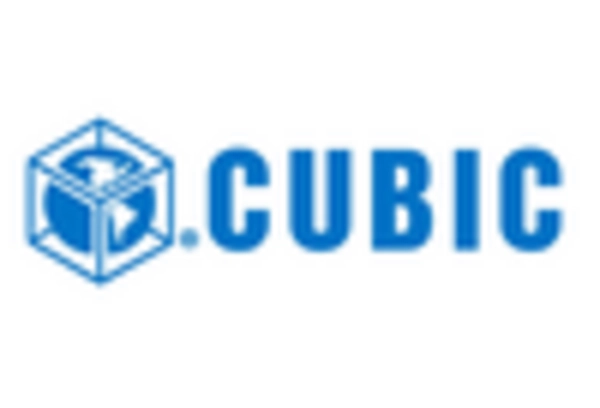
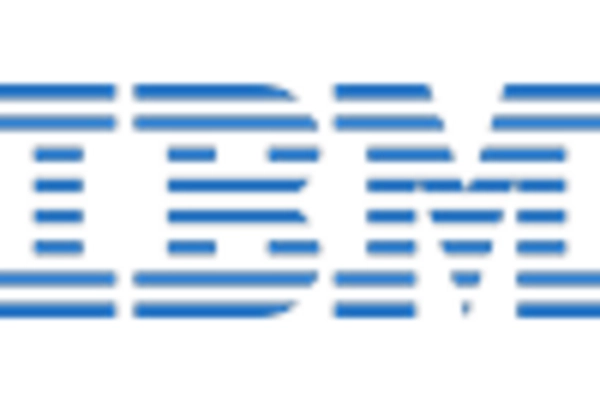
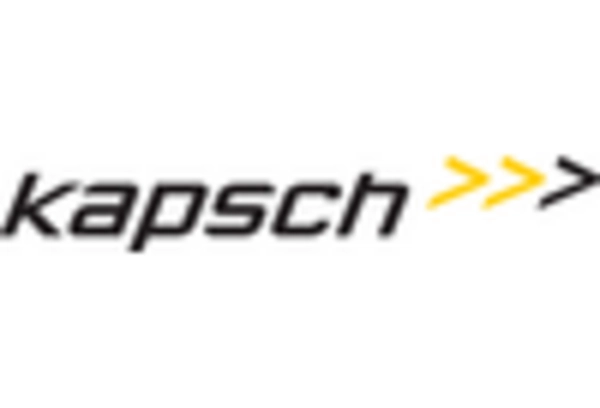
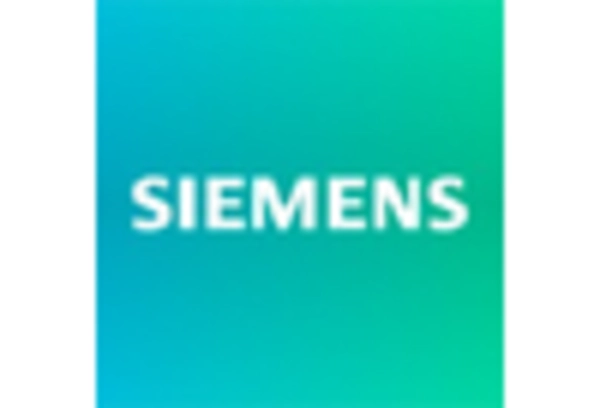

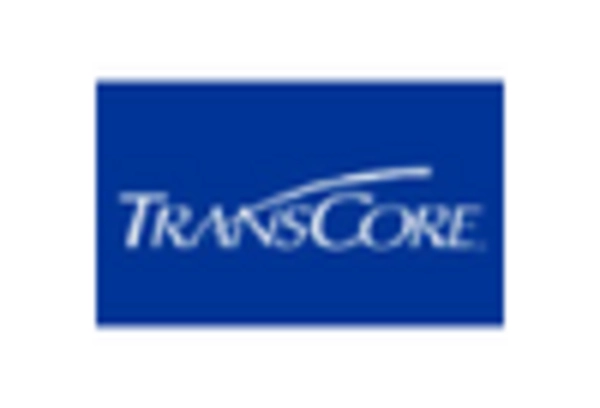








Leave a Comment